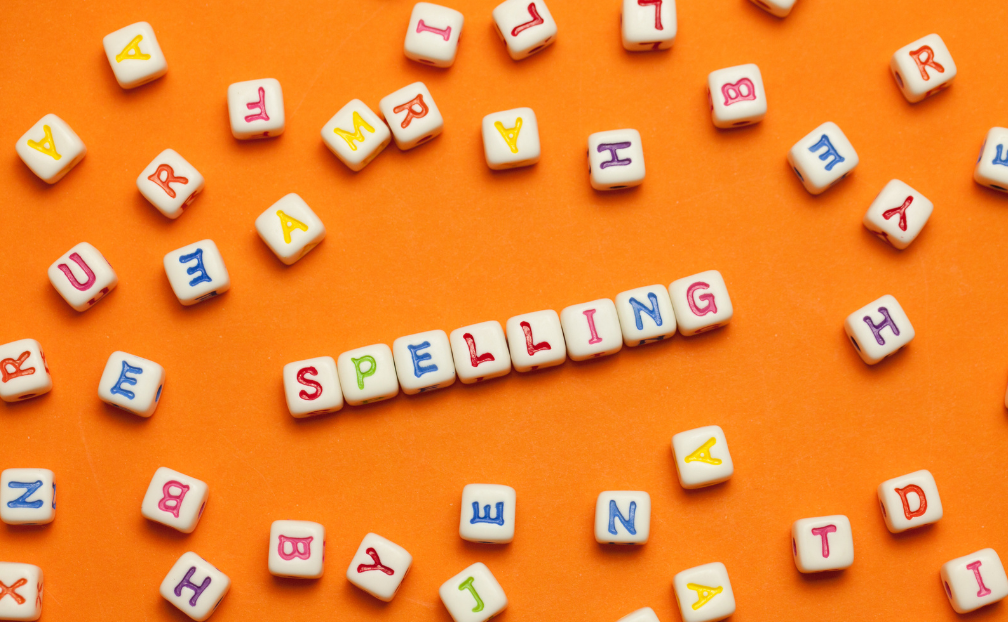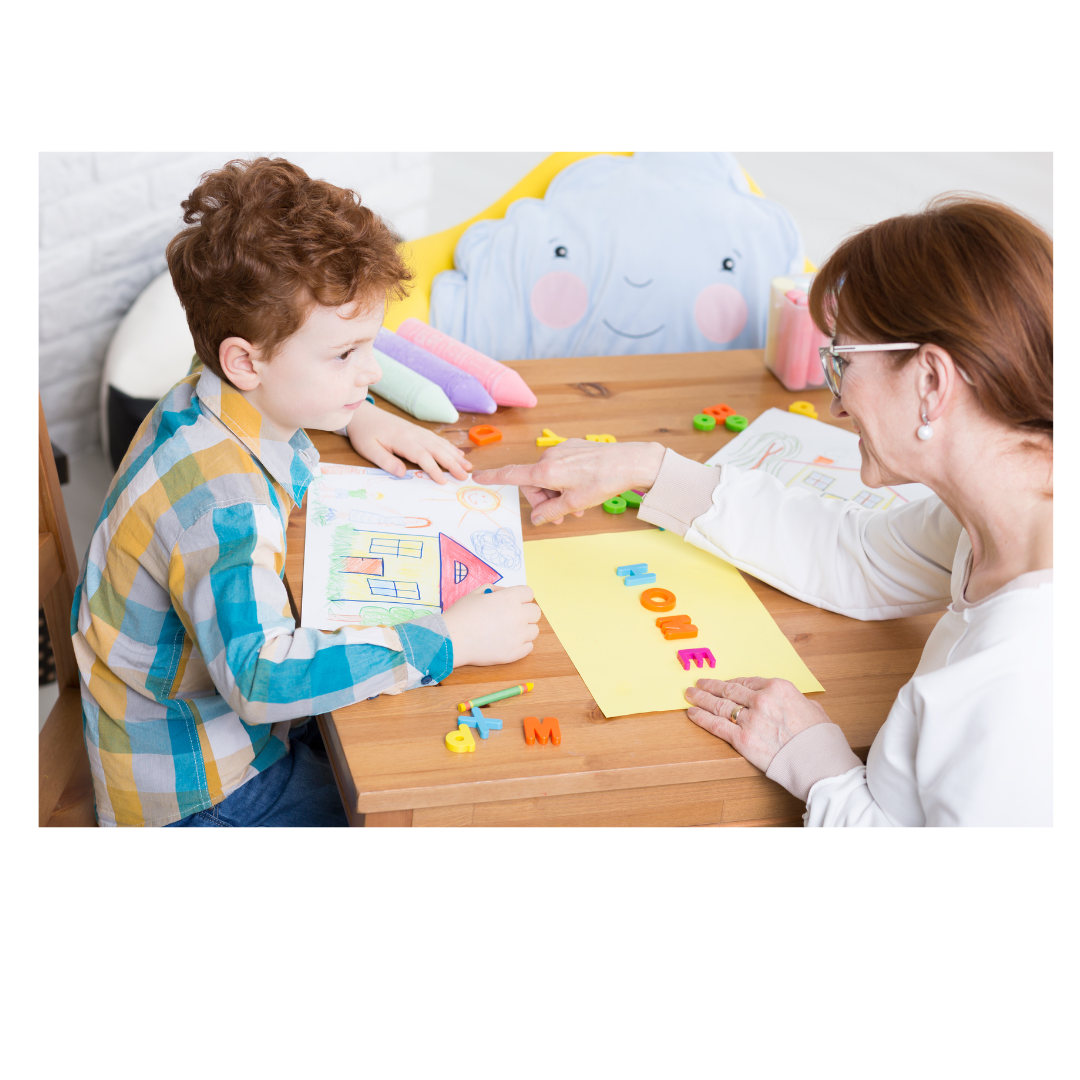© - Content and images in this blog are copyright Inspired Apple | DeVona's Designs, LLC unless stated otherwise. Feel free to repost or share images for non-commercial purpose, but please make sure to link back to this website and its original post.
℗ - We do not store any information about your visit to our website other than for analytics and optimization for content and reading experience through the use of cookies.
℅ - Our site does at times contain paid advertisements, sponsored content, and/or affiliate links.
Reader Etiquette
the decodable book accelerator
Categories
socialize
DeVona is a Dyslexia Therapist in Texas. She has spent over 20 years also teaching literacy as a classroom teacher, library media specialist, and curriculum writer. Click the photo to learn more about her!
Hello there





Comment Form
Click to see drop down comment form
Read & Leave a comment